Kick-off meeting of our project on mitigating lynx-vehicle collisions
Réunion de lancement avec les acteurs du territoire de notre projet sur "Eviter, réduire et compenser la mortalité du Lynx par collision avec les véhicules de transport" https://t.co/uKY5ylOli2 @_Cerema #oncfs @CROC_Estelle @INEE_CNRS #ittecop @ademe @FRBiodiv @Min_Ecologie 🤩💪 pic.twitter.com/3sY0rDIODQ
— Olivier Gimenez 🍉 (@oaggimenez) 5 mars 2018
New paper!
New paper "Searching for meaning in marine mammal shared data" 🐬🖥️📈 #openaccess #reproducibility https://t.co/puZrXHACUW pic.twitter.com/7ULeAJLMfT
— Olivier Gimenez 🍉 (@oaggimenez) 23 février 2018
New paper!
New paper on "Content analysis of 🗞️ coverage of 🐺 recolonization in 🇫🇷 using structural topic modeling"; free PDF here: https://t.co/w4wHPfbSZ8 (there are production errors in the figures that should be corrected in a few days) pic.twitter.com/o8Qo9nY7zC
Annual meeting our Biodiversity and Conservation meeting
Philosophie, linguistique, géographie, psychologie, écologie : la question de la nature. #SHS dans un labo d écologie et d évolution! #femmesenscience #WomenInScience pic.twitter.com/mEQcur0EKv
— Olivier Gimenez 🍉 (@oaggimenez) 16 février 2018
Running OpenBUGS in parallel
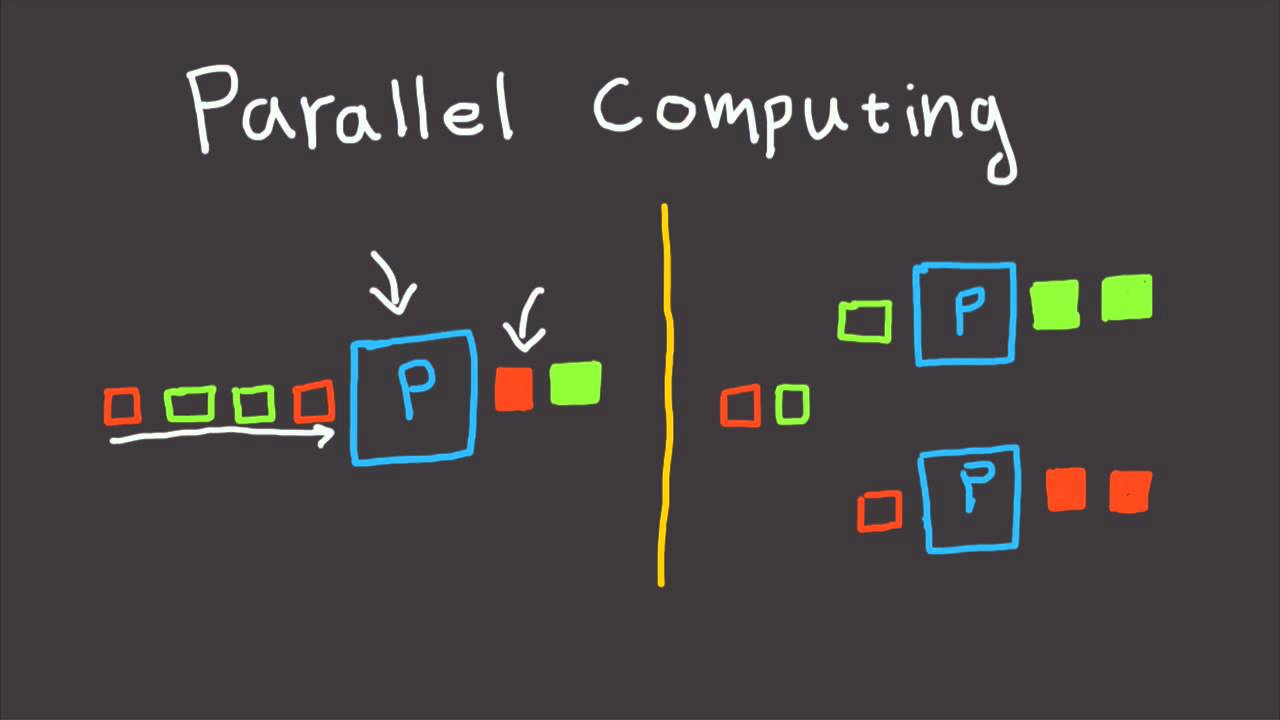 Recently, I have been using `OpenBUGS` for some analyses that `JAGS` cannot do. However, `JAGS` can be run in parallel through [the `jagsUI` package](https://github.com/kenkellner/jagsUI), which can save you some precious time. So the question is how to run several chains in parallel with `OpenBUGS`.
Recently, I have been using `OpenBUGS` for some analyses that `JAGS` cannot do. However, `JAGS` can be run in parallel through [the `jagsUI` package](https://github.com/kenkellner/jagsUI), which can save you some precious time. So the question is how to run several chains in parallel with `OpenBUGS`.
Run OpenBUGS on a Mac
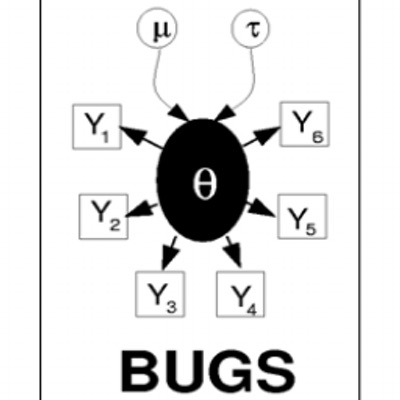 I had to use the good old `OpenBUGS` for some analyses that cannot be done in `JAGS`. Below are the steps to install `OpenBUGS` then to run it from your Mac either natively or from `R`. This tutorial is an adaptation of [this post](https://sites.google.com/site/mmeclimate/-bayesmet/openbugs-on-mac-os-x) and [that one](http://www.davideagle.org/r-2/bayesian-modeling-using-winbugs-and-openbugs/running-openbugs-on-mac-using-wine).
I had to use the good old `OpenBUGS` for some analyses that cannot be done in `JAGS`. Below are the steps to install `OpenBUGS` then to run it from your Mac either natively or from `R`. This tutorial is an adaptation of [this post](https://sites.google.com/site/mmeclimate/-bayesmet/openbugs-on-mac-os-x) and [that one](http://www.davideagle.org/r-2/bayesian-modeling-using-winbugs-and-openbugs/running-openbugs-on-mac-using-wine).
Terrestrial transport infrastructures, Lynx population viability and mitigation strategies
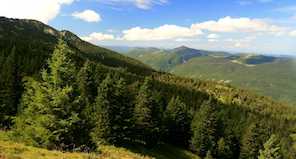 Our project `Avoid, reduce and compensate mortality risks of the Eurasian Lynx by collision with transport vehicles` aims to build on previous works on lynx population viability, collision risks while crossing terrestrial transport infrastructures and mitigation strategies. Our team will develop an operational tool upon which the technical operators will be able to rely on in the decision-making process for land-use planning. More details [here](https://sites.google.com/view/erclynx/) (in French).
Our project `Avoid, reduce and compensate mortality risks of the Eurasian Lynx by collision with transport vehicles` aims to build on previous works on lynx population viability, collision risks while crossing terrestrial transport infrastructures and mitigation strategies. Our team will develop an operational tool upon which the technical operators will be able to rely on in the decision-making process for land-use planning. More details [here](https://sites.google.com/view/erclynx/) (in French).
Simulating data with JAGS
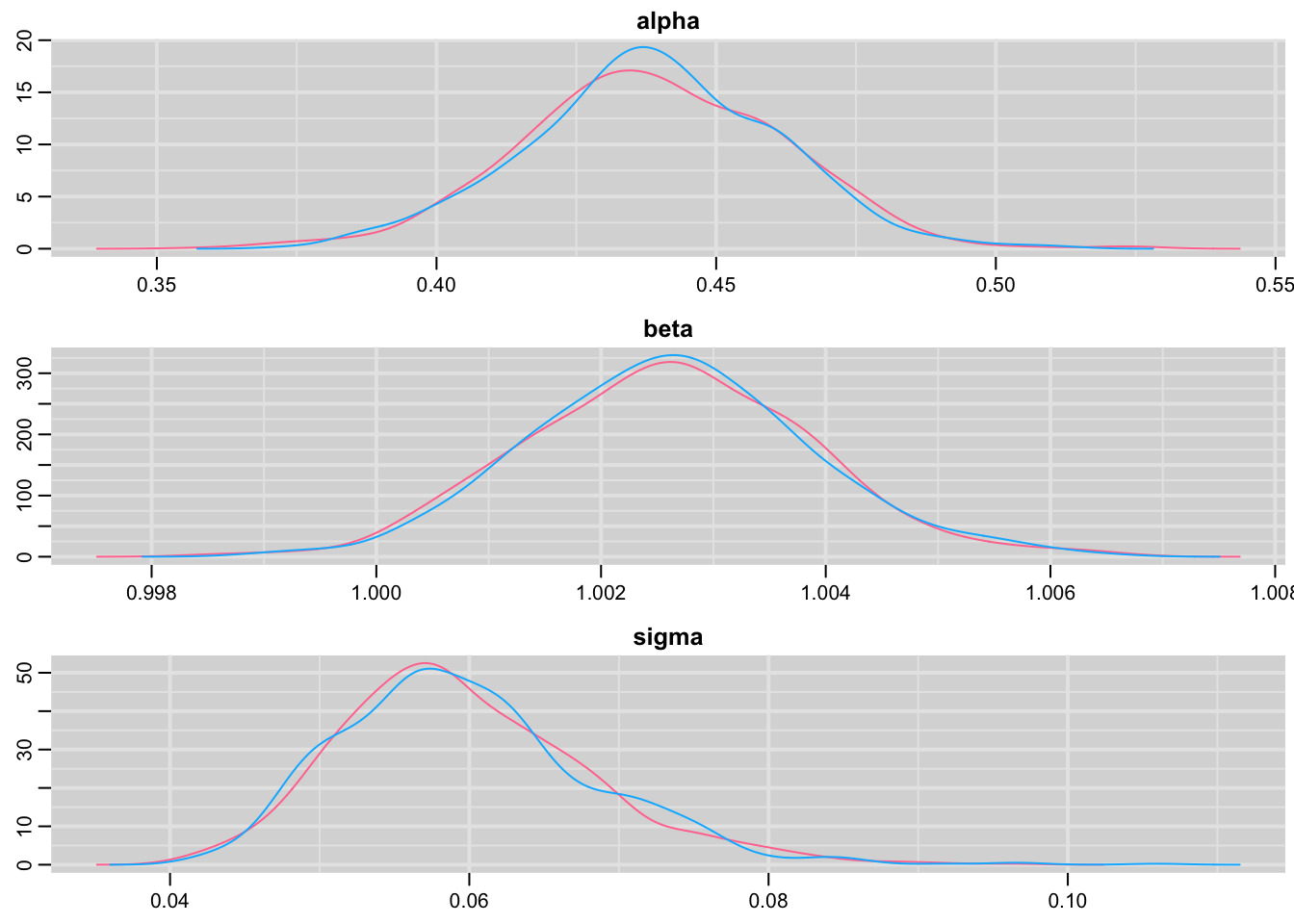 Here, I illustrate the possibility to use `JAGS` to simulate data with two examples that might be of interest to population ecologists: first a linear regression, second a Cormack-Jolly-Seber capture-recapture model to estimate animal survival (formulated as a state-space model). The code is available from [GitHub](https://github.com/oliviergimenez/simul_with_jags).
Here, I illustrate the possibility to use `JAGS` to simulate data with two examples that might be of interest to population ecologists: first a linear regression, second a Cormack-Jolly-Seber capture-recapture model to estimate animal survival (formulated as a state-space model). The code is available from [GitHub](https://github.com/oliviergimenez/simul_with_jags).
Fitting dynamic occupancy models with TMB
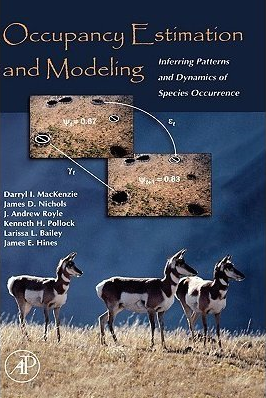 Following my recent attempt to [fit a HMM model to capture-recapture data with TMB](https://oliviergimenez.github.io/post/multievent_in_tmb/) and the rather estonishing outcome (the code was > 300 time faster than the equivalent R code!), I was curious to add TMB to the [list of options I tried to fit dynamic occupancy models](https://oliviergimenez.github.io/post/occupancy_in_admb/). Well, the least I can say is that TMB is fast, damn fast!
Following my recent attempt to [fit a HMM model to capture-recapture data with TMB](https://oliviergimenez.github.io/post/multievent_in_tmb/) and the rather estonishing outcome (the code was > 300 time faster than the equivalent R code!), I was curious to add TMB to the [list of options I tried to fit dynamic occupancy models](https://oliviergimenez.github.io/post/occupancy_in_admb/). Well, the least I can say is that TMB is fast, damn fast!
Fitting HMM/multievent capture-recapture models with TMB
 Following my attempts to fit a HMM model to [capture-recapture data with Rcpp](http://localhost:1313/post/multievent_in_rcpp/) and to [occupancy data with ADMB](http://localhost:1313/post/occupancy_in_admb/), a few colleagues suggested TMB as a potential alternative for several reasons (fast, allows for parallel computations, works with R, accomodates spatial stuff, easy implementation of random effects, and probably other reasons that I don't know).
Following my attempts to fit a HMM model to [capture-recapture data with Rcpp](http://localhost:1313/post/multievent_in_rcpp/) and to [occupancy data with ADMB](http://localhost:1313/post/occupancy_in_admb/), a few colleagues suggested TMB as a potential alternative for several reasons (fast, allows for parallel computations, works with R, accomodates spatial stuff, easy implementation of random effects, and probably other reasons that I don't know).